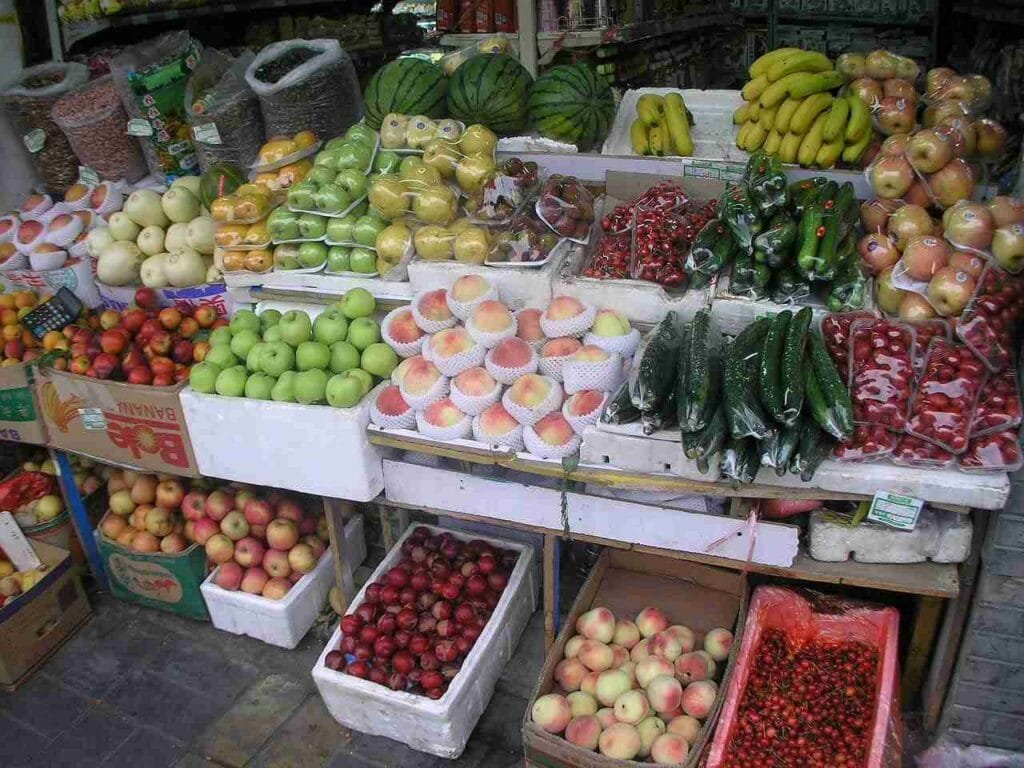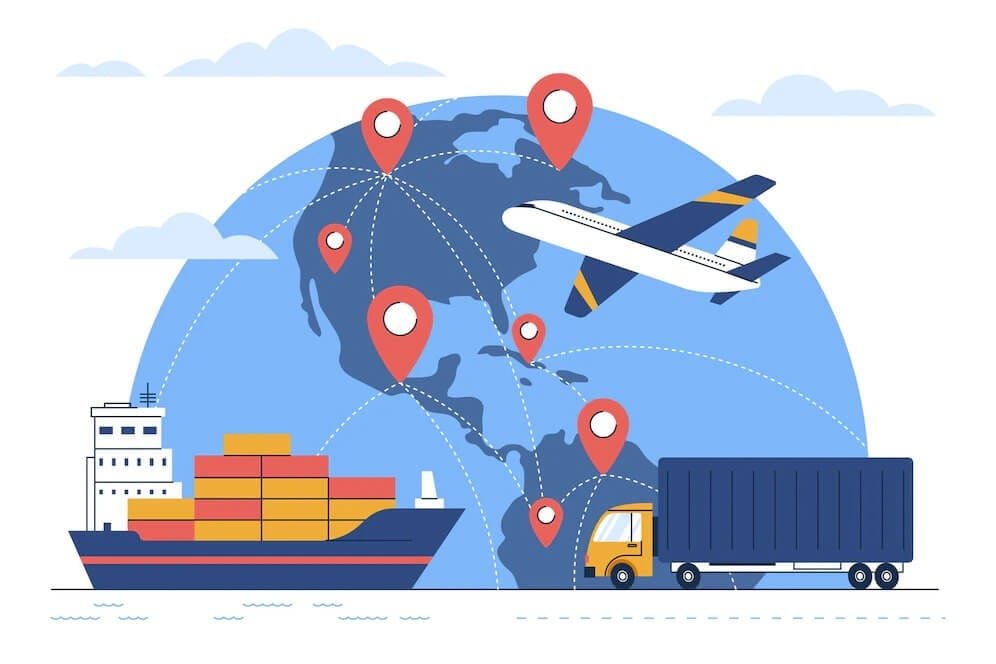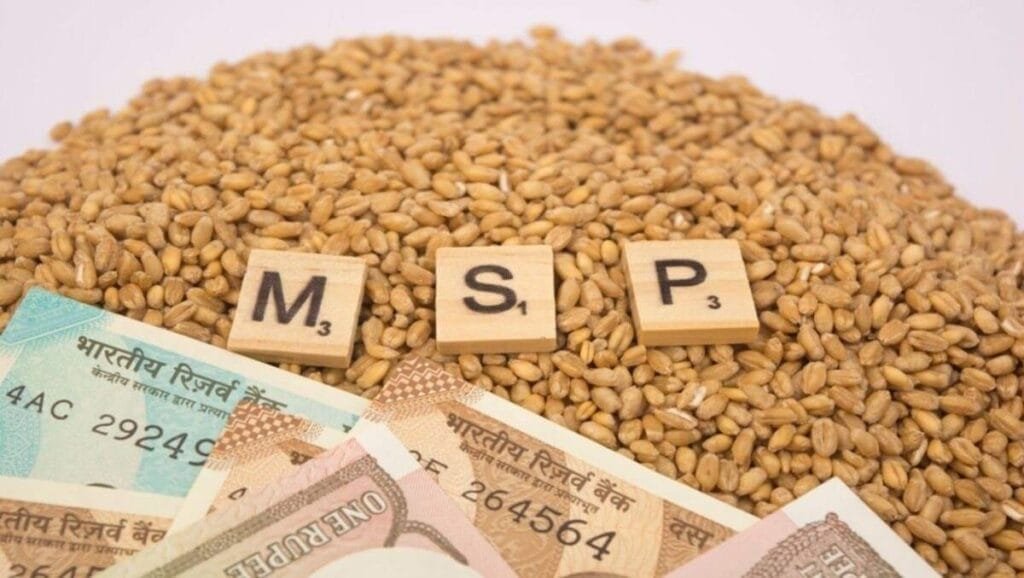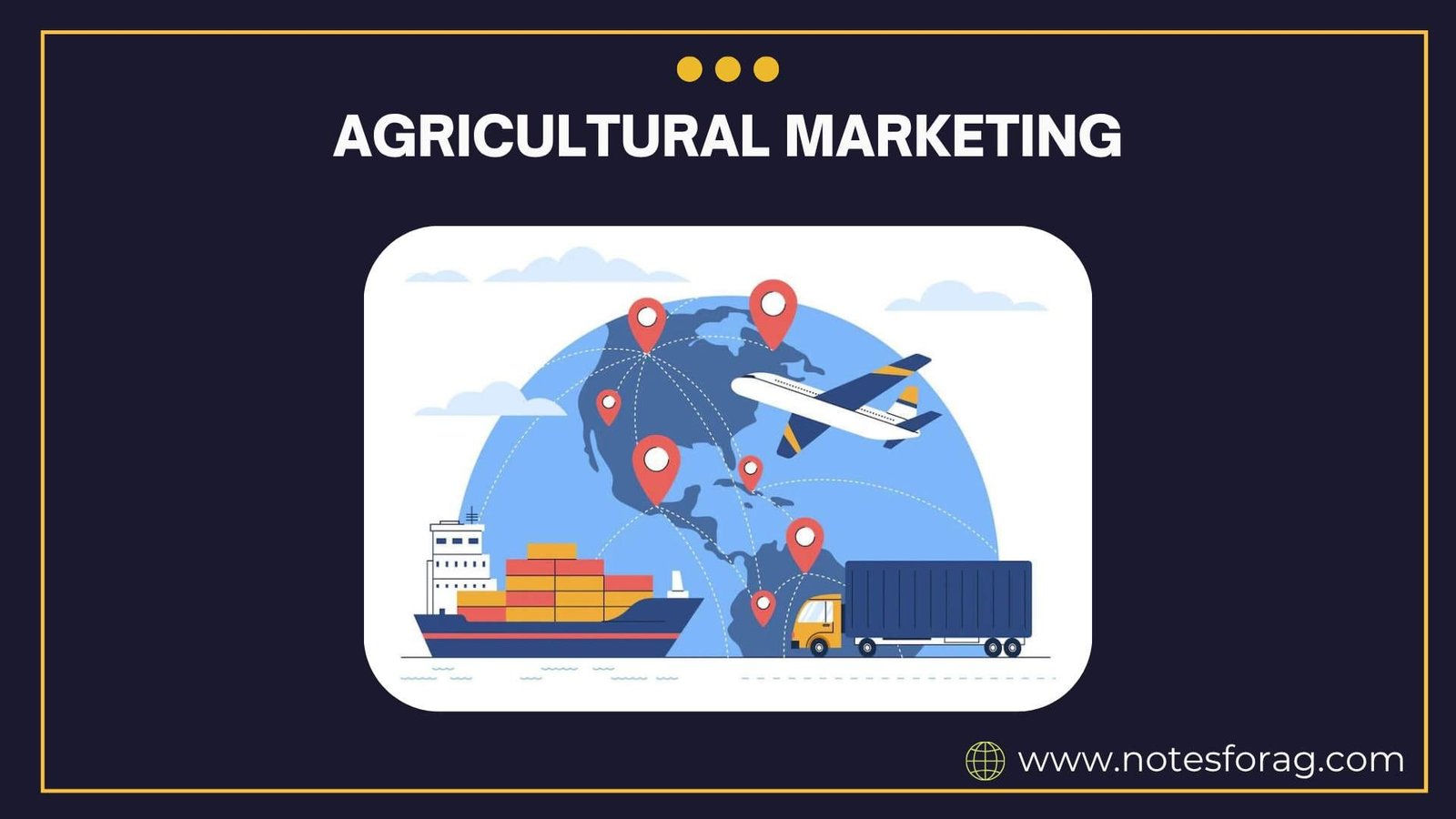1.1 Introduction

Agricultural marketing, trade, and pricing play a central role in any farming-based economy. They determine how easily farmers can sell their crops, reach markets both at home and abroad, and get a fair price for their hard work. Understanding how marketing works, how agricultural trade is structured, and how prices are formed is essential for making farming both profitable and sustainable. These elements not only support the livelihoods of farmers but also ensure food availability and affordability for everyone.
Summary of Agricultural marketing
- Agricultural marketing bridges farmers and consumers by streamlining harvesting, processing, and distribution, ensuring fair returns and minimizing post-harvest losses.
- Trade both within the country and across borders broadens market reach, boosts farmers’ incomes, and stabilizes food availability through smart policies.
- Pricing mechanisms like Minimum Support Price and market transparency form the backbone of economic stability, protecting rural incomes and building a resilient agri-sector.
Table of Contents
1.2 Concept of Agricultural Marketing
1.2.1 Meaning and Definition
Agricultural marketing includes all the steps involved in moving farm products from the fields to the hands of consumers. This process covers harvesting, sorting, storing, transporting, processing, packaging, advertising, and selling. In short, it is about helping farmers connect with buyers smoothly and profitably.
1.2.2 Functions of Agricultural Marketing
The key tasks in agricultural marketing include collecting the produce, processing it, grading it, storing it, transporting it, and finally distributing it. It also involves managing risks, providing credit or finance, and offering market-related information. All these activities help reduce uncertainties and make the journey from farm to market more efficient.
1.2.3 Importance of Agricultural Marketing
Good marketing practices lead to better returns for farmers, reduce wastage after harvest, and make sure consumers get fresh produce on time. It also boosts rural development, ensures a steady income for farmers, and encourages the overall growth of the agriculture sector. By linking farmers directly to markets, marketing becomes a powerful tool for modernizing agriculture and boosting the economy.
1.3 Structure of Agricultural Marketing
1.3.1 Regulated Markets
These are markets set up and governed by government rules to ensure fair practices. They help reduce exploitation by middlemen, enforce proper weighing and measuring systems, and make pricing more transparent.
1.3.2 Private Markets
Run by private individuals or companies, these markets are often quicker to respond to changes in demand. However, without strict regulations, they can sometimes lead to unfair pricing or take advantage of farmers.
1.3.3 Cooperative Marketing
In this model, farmers come together to form cooperatives that sell their produce as a group. This gives them better bargaining power, access to improved storage and processing facilities, and fairer prices through unity.
1.3.4 Direct Marketing
Here, farmers sell directly to consumers without any middlemen. This can happen through farmers’ markets, roadside stalls, or community-supported programs. It helps reduce costs and gives farmers a bigger share of the final selling price.
1.4 Agricultural Trade
1.4.1 Domestic Trade
Domestic agricultural trade deals with the buying and selling of farm goods within a country. It helps connect regions that grow food with those that need it, ensures food availability, and supports local economies.
1.4.2 International Trade

Trading agricultural goods internationally allows countries to sell their extra produce and buy what they do not grow locally. This boosts farmers’ incomes, earns valuable foreign currency, and offers consumers a wider variety of food items throughout the year.
1.4.3 Trade Policies and Agreements
Government policies such as taxes, import quotas, subsidies, or trade deals have a huge impact on how agricultural trade works. Agreements like WTO, SAFTA, and other trade treaties help simplify the movement of goods across borders and make pricing more competitive.
1.5 Agricultural Pricing
1.5.1 Price Determination
The price of farm products is mostly decided by supply and demand in the market. But other factors like production costs, weather, consumer needs, and government actions also play a big role in shaping prices.
1.5.2 Minimum Support Price (MSP)

MSP is a price set by the government to shield farmers from market price crashes during large harvests. It guarantees a basic income to farmers, providing them with financial security.
1.5.3 Market Price vs. Procurement Price
The market price is what buyers and sellers agree on in open markets. The procurement price is what the government offers to farmers, usually a bit higher than the MSP, for buying crops for public distribution systems.
1.5.4 Factors Influencing Agricultural Prices
Farm prices can change due to several reasons including weather conditions, fuel and transport costs, cost of seeds and fertilizers, government policies, global prices, and even market speculation. Since many farm products are perishable and seasonal, prices can often be unstable.
1.6 Challenges in Agricultural Marketing and Pricing
1.6.1 Lack of Infrastructure
Poor storage, bad roads, limited cold storage, and inefficient transport systems often lead to high losses after harvest and reduce market access for farmers.
1.6.2 Market Intermediaries
Too many middlemen eat into farmers’ earnings. They often control prices, delay payments, and make the entire market process less transparent.
1.6.3 Price Fluctuations
Unstable prices make it hard for farmers to plan their crops or investments. Sharp drops can lead to distress sales, deepening rural poverty.
1.6.4 Limited Market Access
Many small-scale farmers cannot reach larger or distant markets due to high costs, lack of information, or legal and logistical barriers.
1.7 Reforms and Innovations in Agricultural Marketing
1.7.1 e-NAM (Electronic National Agriculture Market)
e-NAM is a digital platform that connects different government-regulated markets (APMCs) into a single national market. It allows farmers to sell their produce online, helping them get better prices and reach more buyers.
1.7.2 Agri-Tech Startups
New startups are transforming agriculture with apps, AI-based tools for price forecasting, digital payments, and mobile market platforms. These technologies give farmers access to real-time data and a larger pool of buyers.
1.7.3 Farmer Producer Organizations (FPOs)
FPOs are groups of farmers who come together to sell their produce collectively. They offer better bargaining strength, access to inputs and credit, and help farmers reach larger markets efficiently.
1.8 Conclusion
Agricultural marketing, trade, and pricing are fundamental components of a nation’s agricultural economy, directly influencing farmers’ livelihoods, food security, and overall economic stability. Effective agricultural marketing ensures that produce moves efficiently from farms to consumers, minimizing post-harvest losses and ensuring fair prices for both producers and consumers. The structure of agricultural marketing, encompassing regulated markets, private markets, cooperative marketing, and direct marketing channels, plays a crucial role in determining how produce reaches the market and at what price.
Agricultural trade, both domestic and international, opens avenues for farmers to access broader markets, enhancing their income and providing consumers with a diverse range of products. Government policies and global agreements significantly impact agricultural trade, influencing the flow of goods and prices. Agricultural pricing mechanisms, such as the Minimum Support Price (MSP), are designed to protect farmers from price fluctuations and ensure a stable income, although their effectiveness varies across regions.
However, several challenges impede the efficiency of agricultural marketing and pricing systems. Infrastructure deficits, including inadequate storage and transportation facilities, hinder the smooth movement of produce. The presence of numerous market intermediaries often leads to exploitation of farmers, reducing their share of the final price. Price volatility, influenced by factors like weather conditions and global market trends, makes income unpredictable for farmers. Limited access to broader markets further exacerbates these issues.
Addressing these challenges requires comprehensive reforms, including infrastructure development, policy interventions, and technological innovations. Digital platforms, agri-tech startups, and Farmer Producer Organizations (FPOs) offer promising solutions by providing farmers with real-time market information, better bargaining power, and direct access to consumers. By implementing these reforms, the agricultural sector can achieve greater efficiency, equity, and sustainability, ultimately contributing to national economic growth and food security.
Frequently Asked Questions (FAQs)
What is agricultural marketing?
Agricultural marketing involves all activities that move farm products from the producer to the consumer, ensuring fair prices and reducing post-harvest losses.
How does agricultural trade impact farmers?
Agricultural trade opens new markets for farmers, allowing them to sell surplus produce, increase income, and access a variety of goods.
What is the Minimum Support Price (MSP)?
MSP is a government-set price to ensure farmers receive a minimum profit for their crops, protecting them from market fluctuations.
Related Articles

